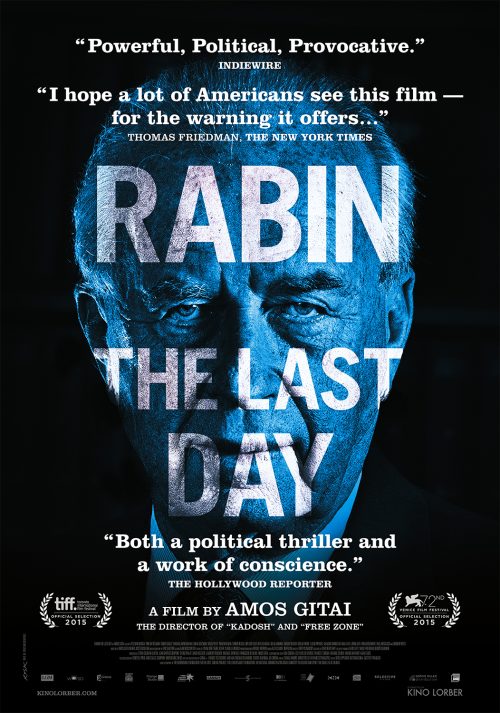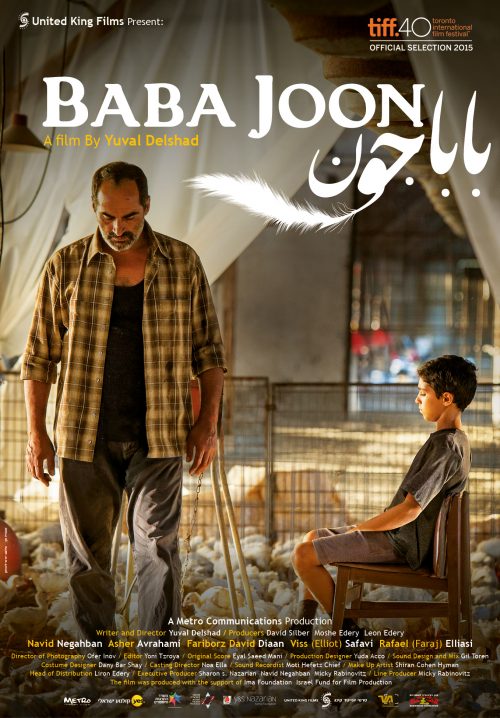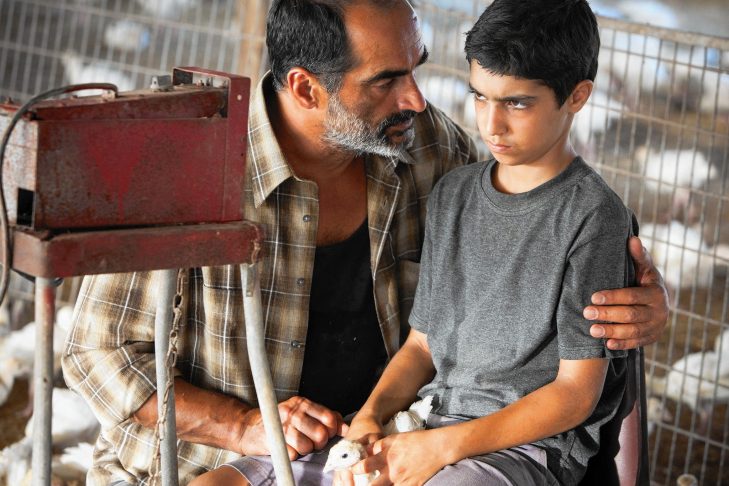On Nov. 4, 1995, Yigal Amir, a 25-year-old law student, assassinated Prime Minister Yitzhak Rabin. Amos Gitai’s film, “Rabin, the Last Day,” is a blend of documentary footage and cinematic reenactments that pay homage to Rabin’s last day of life. The film begins with an interview with Shimon Peres, the former Israeli prime minister and president. Peres was both Rabin’s partner in peace and his rival for leadership within the Labor Party. His quietly devastating interview reveals the toxic and threatening atmosphere building in Israel after the 1993 Oslo Accords that culminated in Rabin’s murder.
In the film, images of Rabin dressed as an SS officer and in Arafat’s keffiyeh emerge from blurry documentary footage. More fuzzy images convey the setting of the assassination in real time. Jumpy shots capture the confusion and panic in the seconds that followed the ringing sound of bullets being fired. Recreated scenes of the attack’s aftermath are then spliced into the actual event. These staged reenactments are initially disorienting, but they give way to the centerpiece of the film—a historical dramatization of the official commission of inquiry headed by the president of the Israeli Supreme Court.

A parade of security personnel, police, limousine drivers and witnesses on the scene testify in front of the three-man panel. Their statements reveal the devastating lapses in intelligence prior to the peace rally, as well as the holes in security on the night of the event. Gitai also explores the religious right-wing world that produced Yigal Amir. In other reenactments he shows the Israel Defense Forces removing a group of zealots from their makeshift West Bank settlement. He enters the shadowy world of the yeshiva where extremist rabbis have issued a din rodef—an order, based on an interpretation of Jewish law, to murder an individual who is intent on killing or harming others—against Prime Minister Rabin. A psychologist tells a gathering of right-wing activists that Rabin and Hitler share the same schizophrenic tendencies.
Gitai also includes actual footage of Benjamin Netanyahu, Rabin’s political nemesis, whipping up more rage from a crowd that holds signs declaring Rabin a traitor and a Nazi. That is perhaps the film’s ultimate tragedy—that a democratically elected leader is not just criticized or even rejected, but is demonized as a monster and ultimately an enemy of his country.
**
“Baba Joon,” last year’s winner of five Ophir Awards—the Israeli equivalent of the Oscars—was also Israel’s entry for this year’s Academy Award for Best Foreign Language Film. In addition to its many accolades, the film is also distinctive in that it is mostly in Farsi. This coming-of-age drama is set on a turkey farm in a Persian-immigrant enclave in the Negev during the 1980s—a world in which the elders speak Farsi and the children answer in Hebrew. The film’s director, Yuval Delshad, is an Iranian-Israeli who poignantly yet sharply depicts the universal struggle between immigrant parents and their native-born children.

Three generations of the Morgian family live together on the farm, and 13-year-old Moti cannot contain his disdain for the turkeys or his father, Yitzhak. Moti would rather refurbish car engines, and his rebellion sets off a family feud about honor, respect and expectations. His mother appreciates her son’s talents and advocates for the boy. But Yitzhak is determined to teach Moti everything he knows about raising turkeys. In one intense scene, he attempts to show Moti how to clip a bird’s beak. Moti’s terror and disgust for the process is as palpable as the turkeys’ fear and pain. When Darius, Yitzhak’s brother, visits from Los Angeles, he galvanizes Moti to shun the turkey farm altogether. His presence also highlights the emotional cost to Yitzhak in struggling to keep the family business literally alive.
But Delshad’s 90-minute film has an unexpectedly resonant ending—one that illuminates dreams and disappointments across a generational and cultural divide.



